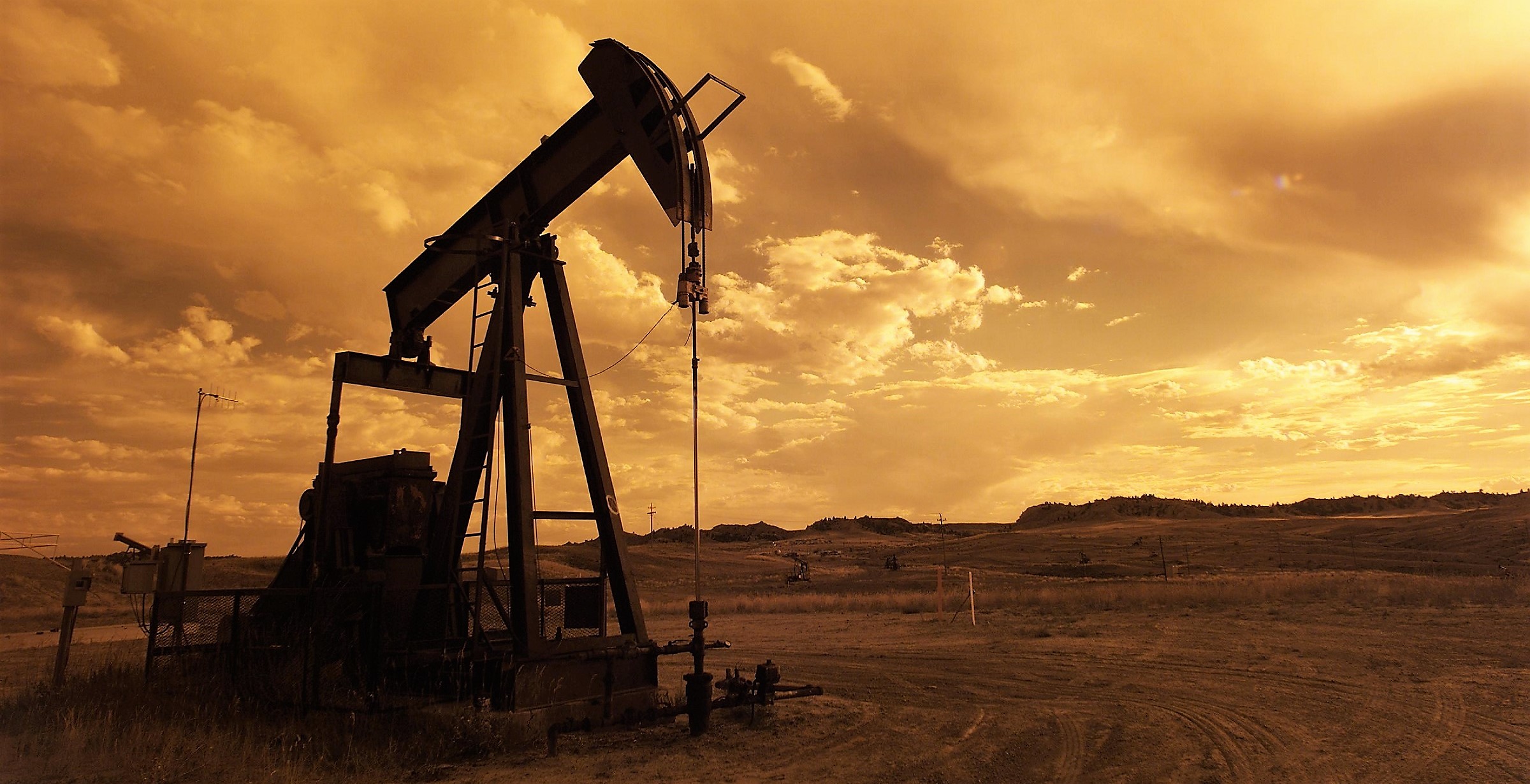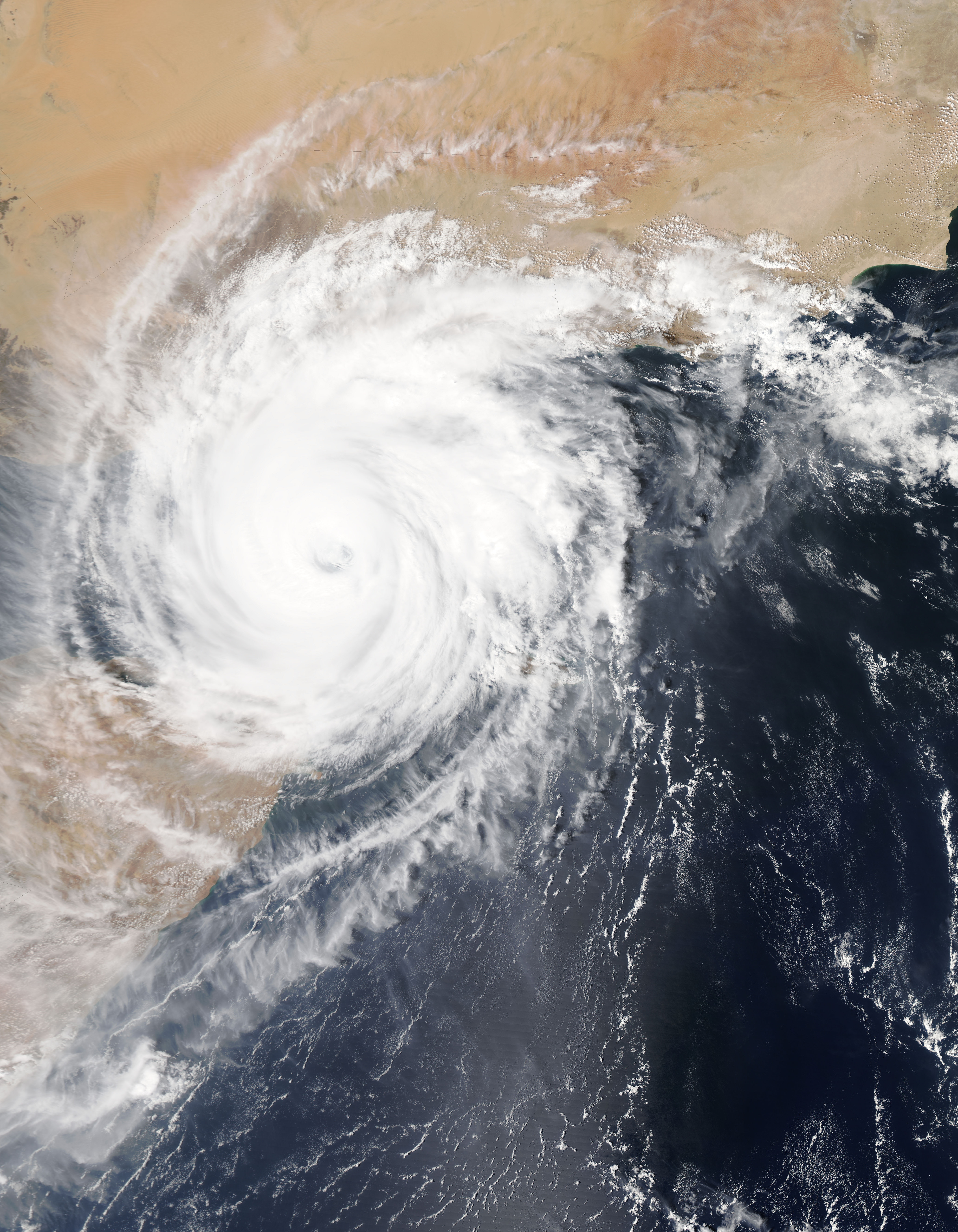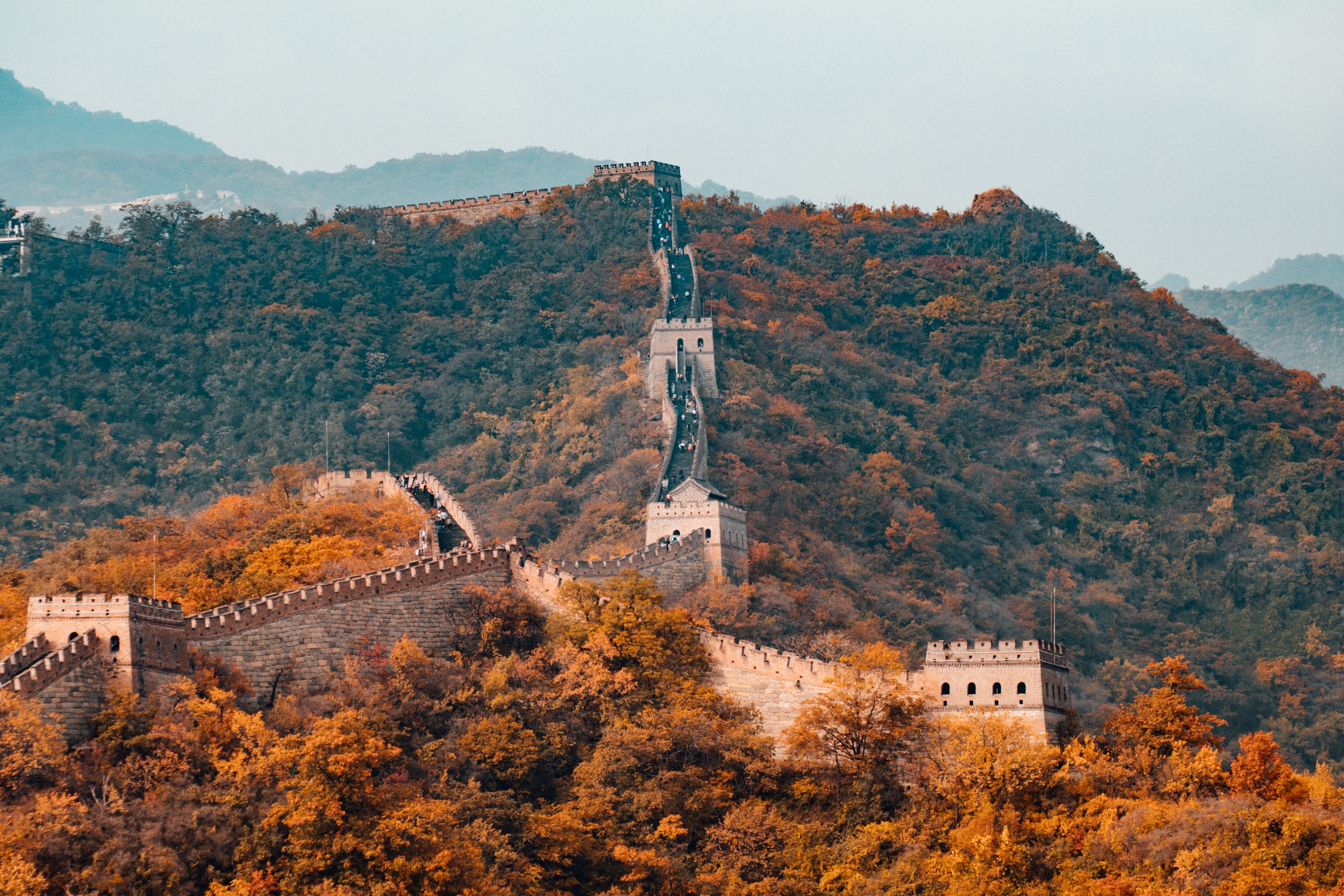“When you think about food, you have to think about both agricultural production and reducing environmental impacts,” and Artificial Intelligence (AI) has the potential to play a deeply disruptive role in leading to more sustainable, healthy and productive food systems.
We talked with Professor Riccardo Valentini about new perspectives on how we manage vast amounts of data through Environmental Intelligence and the Internet of things, in what is starting to look like a doorway to the democratization of technology.
From his experience with inventions such as the TreeTalker, a device that monitors tree physiology parameters (water transport, diameter growth, leaf spectral components and tree stability) transmitting data to cloud servers, and his research into the application of IoT, Big Data and AI algorithms to monitor ecosystems functions, Valentini is uniquely placed to give a complete perspective on the current state, criticalities and future role of digitalization in the food system.
In what ways is AI contributing to a more sustainable food system?
First of all, it is important to define what we mean by AI. There are different aspects that often get thrown into the mix but the key areas we should keep in mind are data analytics and the data itself which forms the backbone of all AI algorithms.
Also, it is worth mentioning that looking at the sustainability aspect of the food system is a relatively innovative approach; we are more used to focusing on other industries, such as the fossil fuel one, when talking about climate change even though the food sector contributes to 37% of global emissions – putting it on a par with the electricity generation sector for example.
As part of the CMCC we coordinate a European project on food called Switch which highlights the connection between technology and the food system. This project looks at how Europeans eat, and the challenges involved in ensuring a sustainable and healthy diet.
It also looks at social factors and the habits of people and in doing so generates a large amount of data: what we call a data lake. This data comes from a plurality of sources and ranges from qualitative data – generated through surveys for example – and quantitative numerical data on things like greenhouse gas emissions – which are gathered using digital tools that then send the data directly to the cloud.
One of the main features of this data lake is that it isn’t a purely numerical database: it also contains a wide range of qualitative data which provides information on crucial sociological factors. Here the role of new systems such as machine learning, deep learning or other AI based systems is key as these are more apt at dealing with a plurality of datasets. By their very nature, AI algorithms such as deep learning or Transformer are better able to absorb both numerical and qualitative data.
This is just one example of how a project generates a data lake based on qualitative and quantitative data to look at the impacts of emissions from food systems, whilst also predicting future outcomes and potential strategies that take into account numerical variables such as age, gender, income and so forth.
Can AI help us better understand the food system and develop policies and technologies that improve its overall sustainability?
Yes, but there are also many other ways in which AI is being used for new tools that can be used by individuals. There is a start-up called Posti, based in Rome, Italy, that is working with health institutions to create metabolic avatars of people. These avatars help configure recommended diets that are in line with the metabolic needs of each individual, and they do this using AI.
Another example are small portable devices that allow individuals to assess the quality of food products. These micro-sensors use AI algorithms to process data from the light reflected by food products and establish the nutritional characteristics or even identify toxins. Although they are not widely available yet we are trying to develop ones that will be affordable and therefore help consumers monitor what they are eating more effectively.
My own start-up, Nature 4.0, works with digital technology in the environmental sector. We have developed things like TreeTalkers, basically sensors which we use to monitor water consumption and the wellbeing of plants.
Therefore, data can be used for policy but it can also be used in apps and tools with which individuals can make improvements to their diets or even just their general understanding of the food system.
In what ways can these instruments help reduce the environmental impacts of the agricultural sector?
When you think about food you have to think about both agricultural production and reducing environmental impacts.
For example, when it comes to carbon sequestration many people don’t know that tree-based crops such as fruit trees produce both food and sequester large amounts of carbon. If you factor this in, the fruit we eat, and the oil and wine we consume have a low environmental impact as they are sustained by a production of biomass that captures CO2.
We are currently developing sensors that monitor just how much CO2 is captured by these plants as this will allow farmers to leverage policies such as the new European directive, which is due to come out next year, related to carbon farming which will reward farmers that capture CO2 both in biomass and agricultural soil.
Is AI making technology and information more accessible to individuals?
The democratization of technology is an important aspect and although it comes with some risks it also goes hand in hand with transparency and awareness. It allows individuals to monitor the data that they receive.
The true challenge going forward is the continued democratization of technology and information, which can also be characterized as citizen science, where individuals themselves become generators of data, which is important because it ensures a greater degree of transparency.
How can different stakeholders leverage this potential?
We know that when addressing the food system we cannot rely on sectoral policies. The system has to be treated in its entirety.
You can implement all the agricultural policies you want but if on the other end of the system there is a consumer that is not vested in those policies they become a lot less effective. The real way to have lasting impacts is to get all the components of the system to interact.
Creating instruments that help share knowledge between the various actors in the food system is therefore essential. The Switch project uses hubs across Europe where farmers, chefs, restaurant owners, consumers, policymakers and all types of stakeholders can meet and engage in dialogue so that strategies are developed together.
We have discussed the positive impacts of AI on the food sector. However, a growing concern with AI is the threats that it can bring to established systems…
Food and digitalization is fundamentally about going from the data to the production of algorithms and then influencing the behavior of people.
The nature of any AI algorithm is that it is based on data. Therefore, when we talk about the danger or misuse of AI the real problem is that often AI is simply repeating what it has learnt. Like all education if you teach badly, for example using bad data, bad messages will continue to be perpetuated.
Nowadays it is very easy to use AI algorithms as they are readily available. For my students using AI based algorithms has become just like using excel. But if you use bad data then the results are unreliable.
The data needed for proper AI algorithm training must be taken into consideration and therefore how you gather data, certify it and how rigorous you are in this process is crucial. Getting results is easy but understanding how the algorithm was created is the real challenge.
Riccardo Valentini is a professor of Forest Ecology at the University of Tuscia, Italy and Director of the Impacts Division of the Euro-Mediterranean Center on Climate Change. His research focuses on ecology, agricultural-forest systems, and problems connected with implementing international conventions for global environmental protection. He is coordinator of several EU projects aiming to understand and quantify the terrestrial carbon budget and greenhouse gas emissions, and studies the application of IoT, Big Data and AI algorithms to monitor ecosystem functions. Among his inventions is the TreeTalker device that monitors tree physiology parameters (water transport, diameter growth, leaf spectral components and tree stability) and is currently used in over 1,000 trees transmitting data directly to cloud servers.






